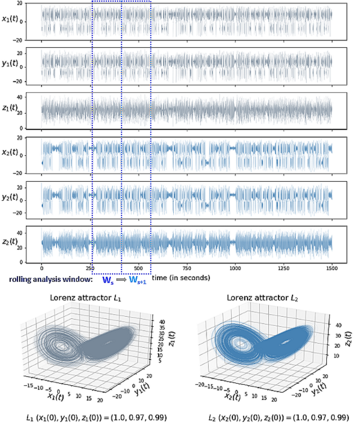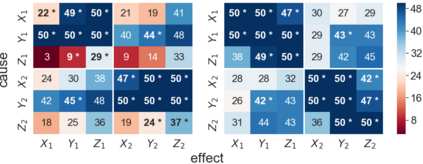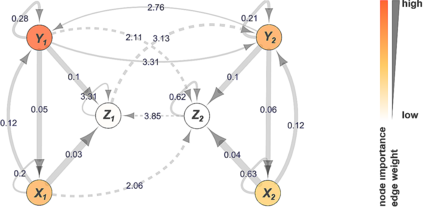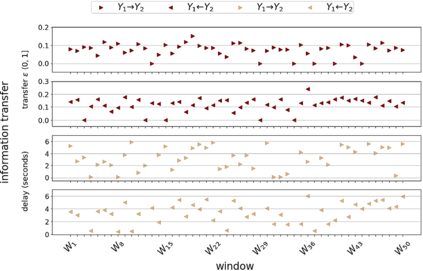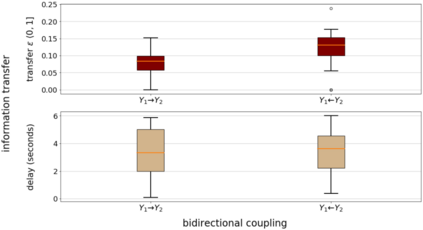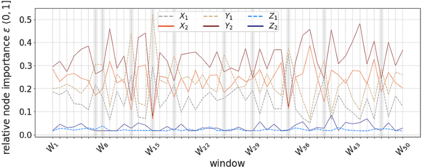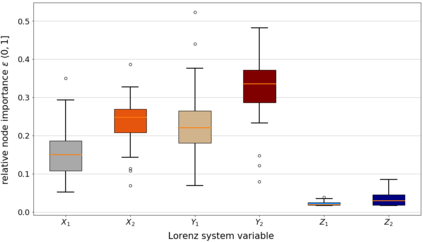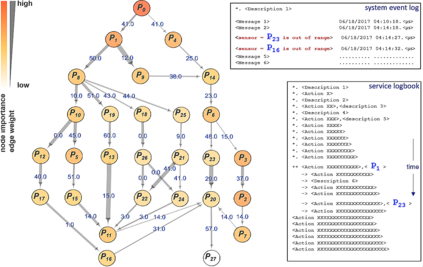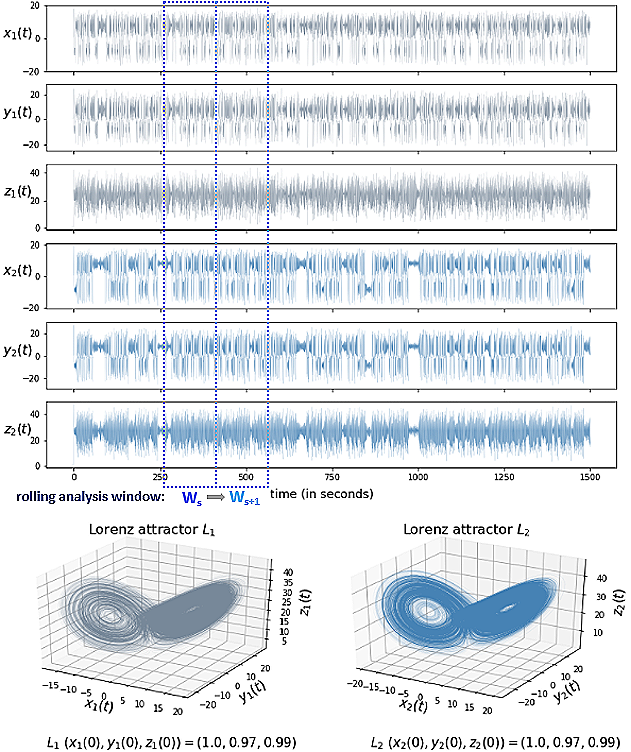Like natural complex systems such as the Earth's climate or a living cell, semiconductor lithography systems are characterized by nonlinear dynamics across more than a dozen orders of magnitude in space and time. Thousands of sensors measure relevant process variables at appropriate sampling rates, to provide time series as primary sources for system diagnostics. However, high-dimensionality, non-linearity and non-stationarity of data remain a major challenge to effectively diagnose rare or new system issues by merely using model-based approaches. To reduce the causal search space, we validate an algorithm that applies transfer entropy to obtain a weighted directed graph from a system's multivariate time series and graph eigenvector centrality to identify the system's most influential parameters. The results suggest that this approach robustly identifies the true influential sources in a complex system, even when its information transfer network includes redundant edges.
翻译:与地球气候或活细胞等自然复杂系统一样,半导体平面测量系统具有十多个空间和时间数量级的非线性动态特征。数千个传感器以适当的取样率测量相关过程变量,以提供时间序列作为系统诊断的主要来源。然而,数据的高维性、非线性和不静止性仍然是仅仅使用基于模型的方法有效诊断稀有或新系统问题的重大挑战。为减少因果搜索空间,我们验证了一种算法,这种算法应用传输导质从系统多变式时间序列和图源中心点中获取加权定向图表,以确定系统最有影响力的参数。结果显示,这种方法有力地确定了复杂系统中真正有影响力的来源,即使信息传输网络包括冗余的边缘。

